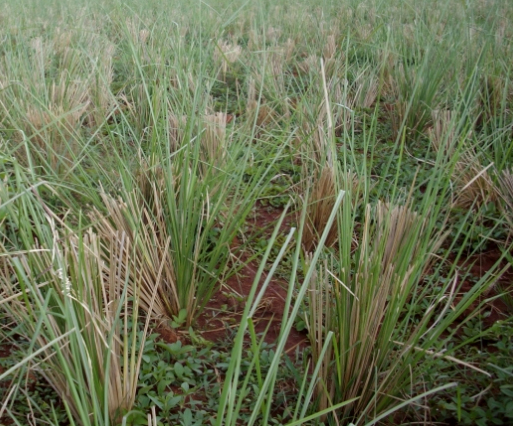INCI name: | Veliveria zizanioides |
Part used: | Root |
Extraction method: | Distillation |
CAS No.: | 8016-96-4 |
Origin: | India, China, Thailand, Indonesia |
<td width="363" valign="top" style="padding: 5px 10px; border-width: 43px 1px 1px 43px; border-left-style:oic acid, vetiver, alcohol, vetiver smoke
Appearance: | Thick brown liquid |
Odour: | Lasting warm sweet vanilla smell |
Relative Density(20℃): | 0.983~1.022 |
Refractive index(20℃): | 1.5150~1.5350 |
Dissolved solution: | Insoluble in water |
Optical rotation(20℃): | +15°~+45° |
Main Composition(%): |
Vetiver can grow up to 150cm (5 ft) high and form clumps as wide. The stems are tall and the leaves are long, thin, and rather rigid. The flowers are brownish-purple. Unlike most grasses, which form horizontally spreading, mat-like root systems, vetiver's roots grow downward, 2m (7 ft) to 4m(13 ft) in depth. |  |